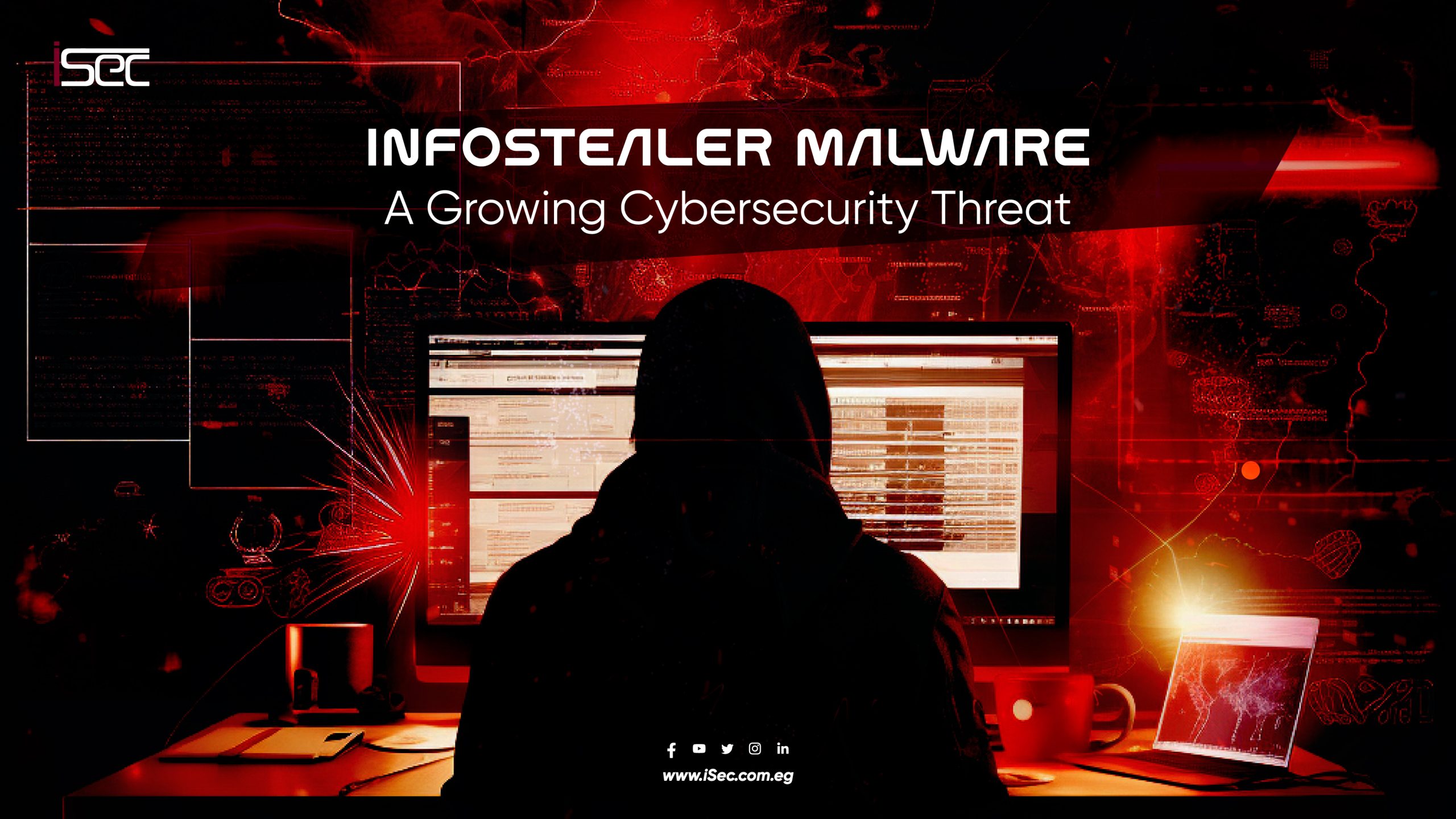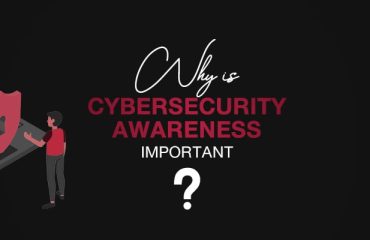
In the ever-evolving landscape of cyber threats, infostealer malware remains a significant danger. These malicious programs are specifically designed to extract sensitive information from infected devices, leading to data breaches, account compromises, and financial losses. As cybercriminals refine their tactics, the prevalence and sophistication of infostealers continue to rise, posing a serious risk to individuals and organizations alike.
What is Infostealer Malware?
Infostealer malware is a type of malicious software that focuses on collecting sensitive data such as login credentials, banking information, email addresses, and personal details. Once installed on a system, it silently operates in the background, gathering valuable information and transmitting it to cybercriminals. Unlike ransomware, which openly demands payment, infostealers operate covertly, making them harder to detect and mitigate.
How Infostealer Malware Works
Infostealer malware typically infiltrates systems through phishing emails, malicious downloads, or compromised software. Once executed, it performs the following actions:
- Credential Harvesting – Steals usernames, passwords, and authentication tokens from web browsers, email clients, and applications.
- Keystroke Logging – Records everything typed on the keyboard, including passwords and financial data.
- Clipboard Hijacking – Monitors clipboard activity to capture copied passwords, credit card details, and other sensitive information.
- File Extraction – Searches for valuable documents, databases, or cryptocurrency wallets and exfiltrates them.
- Remote Transmission – Sends stolen data to a command-and-control server operated by attackers.
The Impact of Infostealer Malware
Infostealers can have devastating consequences, including:
- Data Breaches: Compromised credentials and personal information can be sold on the dark web, leading to identity theft and fraud.
- Financial Losses: Attackers can gain unauthorized access to bank accounts, cryptocurrency wallets, and payment platforms.
- Business Risks: Organizations suffer reputational damage, legal penalties, and financial costs associated with data breaches.
- Credential Stuffing Attacks: Cybercriminals use stolen credentials to access multiple accounts, taking advantage of users who reuse passwords.
How to Protect Against Infostealer Malware
To mitigate the risks associated with infostealer malware, follow these cybersecurity best practices:
- Enable Multi-Factor Authentication (MFA): Adds an extra layer of security to prevent unauthorized access, even if credentials are stolen.
- Use Strong, Unique Passwords: Avoid reusing passwords across multiple accounts and utilize a password manager.
- Be Cautious of Phishing Attacks: Verify email senders and avoid clicking on suspicious links or downloading unknown attachments.
- Keep Software Updated: Regularly update operating systems, browsers, and applications to patch vulnerabilities.
- Install Reputable Security Software: Use advanced antivirus and anti-malware tools to detect and remove threats.
- Monitor Account Activity: Regularly check financial and online accounts for suspicious activity.
- Educate Users and Employees: Cybersecurity awareness training helps individuals recognize and avoid malware threats.
Conclusion
Infostealer malware continues to evolve, making it a persistent threat to both individuals and businesses. By understanding how these threats operate and implementing proactive security measures, users can reduce the risk of falling victim to infostealer attacks. Staying vigilant, using strong cybersecurity defenses, and maintaining awareness of emerging threats are crucial steps in protecting sensitive information from cybercriminals.


